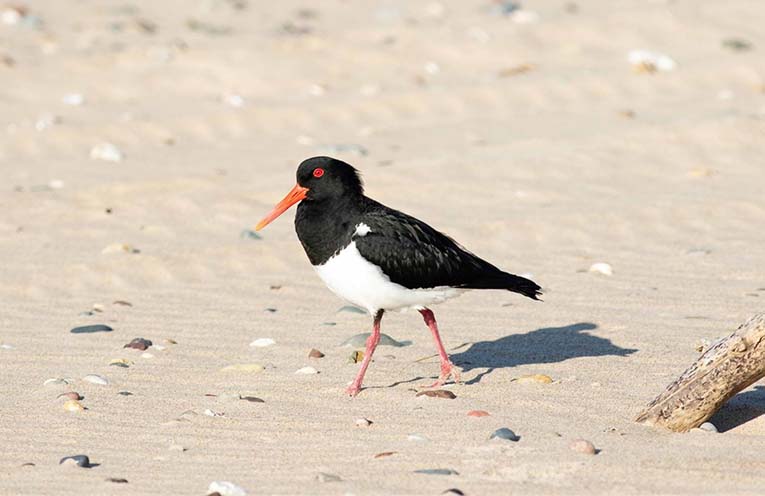
IT’S nesting season for the threatened shorebirds that visit the Myall Coast region, and they need our support to survive.
Sharing the shore ensures we can continue to enjoy our beautiful beaches, and the resident and migratory shorebird populations will thrive.
 Advertise with News of The Area today.
Advertise with News of The Area today.It’s worth it for your business.
Message us.
Phone us – (02) 4981 8882.
Email us – media@newsofthearea.com.au
“We all share a responsibility to find a balance between enjoying these places and protecting the unique species, natural habitat and cultural values of this coastline,” said MidCoast Council’s Manager of Natural Systems Gerard Tuckerman.
Prime nesting areas for the endangered Beach Stone-curlews, Pied Oystercatchers and Little Terns include the beaches around Harrington, Farquhar/Manning Point and the Winda Woppa area.
Their numbers are in decline as they struggle to find undisturbed space on beaches to nest and raise their young.
“We live in a special part of the world where each year shorebirds come from as far as the Northern Hemisphere to nest and feed during summer,” said Mr Tuckerman.
We urge all our residents and visitors to take care and follow the rules when four-wheel driving, walking dogs and using the beach.
In open expanses on our beaches shorebird eggs and chicks rely on natural camouflage and are almost invisible.
Beach drivers, foxes, dogs and walkers may crush the eggs or disturb parent birds, keeping them away from the nest. This leaves eggs and chicks vulnerable to predation.
You can help by following the tips below:
· Drive within the intertidal zone, keeping out of shorebird fenced areas
· Report any coastal fox sightings or 4wds in nesting areas to Council
· Keep control of your dog-on-dog permissible beaches at all times and away from any fenced or sign-marked nesting areas
· Don’t take firewood from beaches, as driftwood provides useful shelter for young chicks against sea gull predation
· Please observe regulatory signs at beaches including beach-nesting bird sites
Share the Shore messaging and management of nesting shorebirds is delivered in a multi-agency approach.


